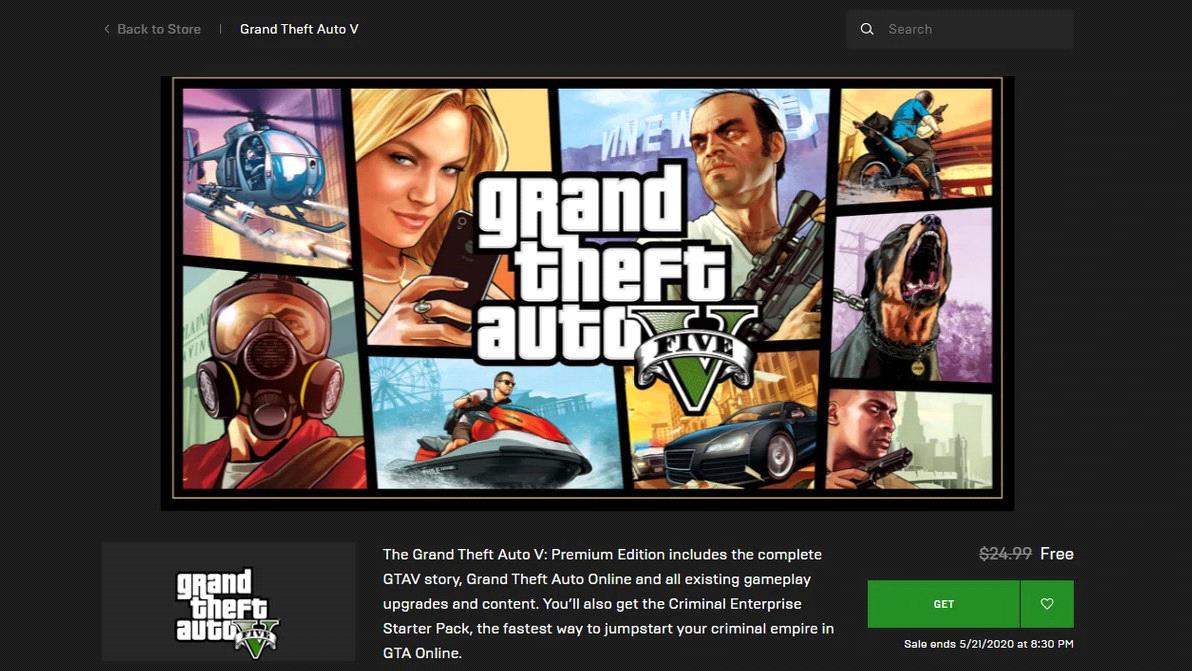

Many gaming services have this feature, some even sporting their own authenticator applications, such as Blizzard's Battle.Net and Steam. Tying online accounts to some sort of authenticator, usually mobile phone based, can prevent outside access even if someone else gets a hold of your password. When you have dozens of various accounts across services most people either use the same password for each and run the risk that if one is compromised, they all are (Ī good idea!), or have different passwords for each, and risk forgetting them, or writing them down, which also is also problematic (LastPass can be a big help with this last problem). On PC, you may own the standalone version where one account is enough, but many players use Steam, for which you also need an account. On consoles, you need a PlayStation Network ID or an Xbox Live account.

The app ID (12180) may differ in some cases. Games with Steam Cloud support may store data in ~/.steam/steam/userdata/ / 12180/ in addition to or instead of this directory.

↑ 3.0 3.1 File/folder structure within this directory reflects the path(s) listed for Windows and/or Steam game data (use Wine regedit to access Windows registry paths).↑ When running this game without Administrator elevation, 32-bit programs writing to HKEY_LOCAL_MACHINE\SOFTWARE will be redirected to HKEY_CURRENT_USER\Software\Classes\VirtualStore\MACHINE\SOFTWARE\ Wow6432Node ( more details).

↑ SafeDisc retail DRM does not work on Windows 10 or Windows 11 and is disabled by default on Windows Vista, Windows 7, Windows 8, and Windows 8.1 when the KB3086255 update is installed.


 0 kommentar(er)
0 kommentar(er)
